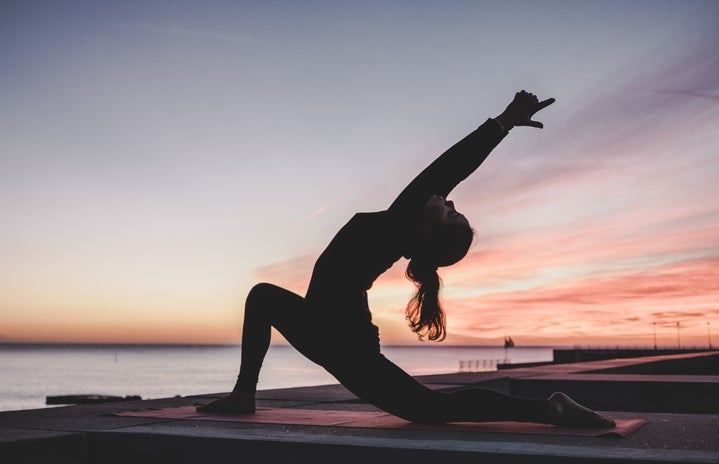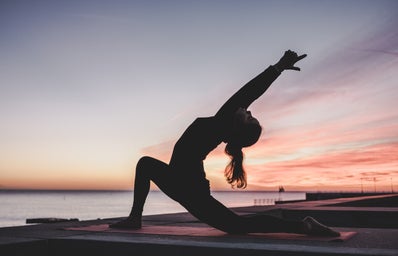I hate soda. As a kid, I gagged at fizzy drinks and turned my nose up at any beverage other than fruit juice or Capri-Sun. As a college student, my taste hasn’t really changed. When I got to college, I challenged myself to take charge of my health in a small but impactful way: drinking more water. To celebrate my newfound goal of being as hydrated as possible, I bought a brand-new white and gold marbled Swell bottle to tote with me around campus. Even though I dropped some serious cash on a cute bottle, I still couldn’t seem to drink as much water as my body presumably needs each day. Fresh pimples dotted my jawline, I couldn’t stop yawning or concealing my under-eye bags, and I spent mealtimes ordering what was cheapest or quickest.
I realized my hydration goal had hit rock bottom, so I decided to talk to the Florida Academy of Nutrition and Dietetics 2017’s Recognized Young Dietitian of the Year and University of Florida professor, Laura Acosta, about the importance of hydration. After our conversation, I challenged myself to drink as close to my daily needed water intake for three weeks.
Step 1: Figuring out how much to drink
When meeting with Professor Acosta, it was clear to me that drinking water had a ton of benefits. Increased energy, clearer skin, improved bodily function and mood were just a few on the list. Many factors impact your hydration needs such as your caloric intake, your weight, height, age and environment. Acosta said the general rule of thumb would average around 30-35 millimeters of water per kilogram of weight. WebMD puts this formula into simpler terms by suggesting that people drink between half an ounce to an ounce of water per each pound daily.
Popular reusable water bottle brand Camelbak also offers a helpful hydration calculator on their website that helps you factor your exercise into the equation, too. When working out, Acosta considers water as a “great thirst quencher but not a great hydrator.” If you’re someone who spends more than 30 minutes per day exercising, Acosta expresses the importance of replenishing your electrolytes with sports drinks like Gatorade to make sure that your sodium levels don’t fall during your workout. Based on my measurements and levels of physical activity, Acosta suggested that I drink nearly three liters of water a day.
Step 2: Realizing that hydration comes at a cost
While embarking on my journey to stay optimally hydrated, I immediately started to notice a few drawbacks. The first was the amount of time I started spending in the restroom. TMI, I know — but needing to get up in the middle of class to use the bathroom started to annoy me.
Another drawback was trying to remember to drink the water. Although I had a bottle with me wherever I went, I didn’t find myself instinctually grabbing for my bottle unless I was eating something. On the bright side, when I did make sure I was hydrated, I noticed a few nice benefits that I hadn’t experienced before my experiment. I was pleasantly surprised by how much more alert I became after just drinking an extra bottle of water a day. My yawns and midday naps were replaced by energized productivity and social time. I also noticed that the annoying headaches I typically get after a long day were diminishing. I used to attribute my headaches to stress, but the severity of my headaches seemed to improve based on the amount of water I drank. The final and most unexpected change that I noticed was that the more I drank water, the more conscious I was about what I was eating throughout the day. I turned down crispy chicken sandwiches and waffle fries and opted for turkey and spinach wraps for lunch. I even went meatless for a few dinners. Because I was so aware of being hydrated, I subconsciously wanted to keep my body as healthy as possible which led to me to making better food decisions during the period of this experiment.
Step 3: Embracing my H2O intake for what it is
Although water wasn’t the miracle cure that I was hoping it would be, there were some pretty nice benefits that I experienced from staying hydrated. My friends and my boyfriend commented on my glowing complexion and smoother skin, and I started eating healthier in an attempt to reach my water intake through foods high in water like fruits and veggies. While I’m not sure how feasible it is to continue drinking as much water as I need in a day, this experiment proved to me that drinking a little more water definitely won’t hurt.


